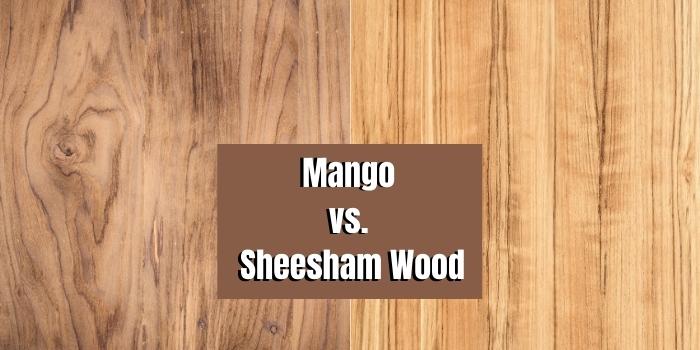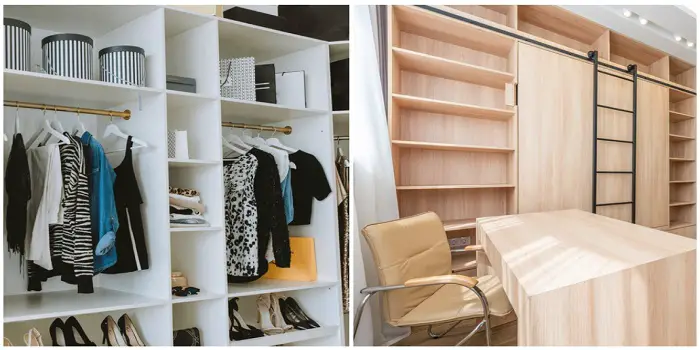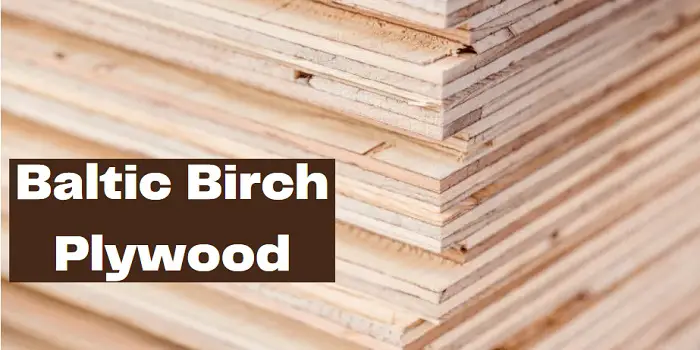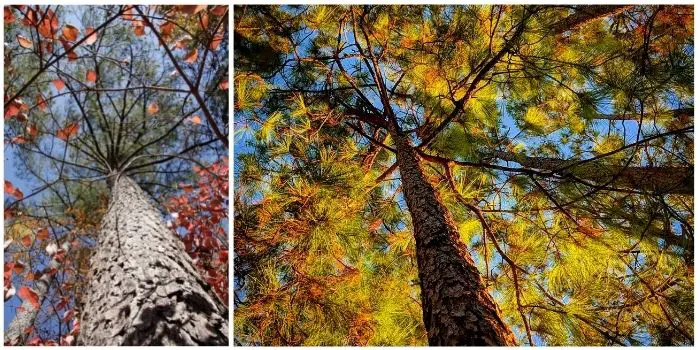
Loblolly Pine is a coniferous evergreen species of Pine that is natively found in the Southeastern United States.
Loblolly Pine tends to grow in moist, loamy, acidic, clay, and sandy soils.
It doesn’t need a lot of special care to grow, instead just requires moist soil, direct sunlight, and regular maintenance.
Loblolly Pine wood is loved for its deep reddish-brown color as well as its straight grain.
Since it is a medium-density softwood, it lacks decay resistance but is still better in performance than a lot of other kinds of softwoods.
It is commonly used in many applications such as pulpwood, furniture, plywood, poles, posts, composite boards, boxes, crates, pallets, pilings, and beyond.
Loblolly Pine
| Scientific Name: | Pinus taeda |
| Tree Size: | 100-115 ft (30-35 m) tall 1.5-5 ft (.4-1.5 m) trunk diameter |
| Janka Hardness: | 690 lbf (3,070 N) |
| Type: | Softwood |
| Odor: | No smell |
| Specific Gravity (Basic, 12% MC): | .47, .57 |
| Common Uses: | Used for construction of poles, joists, roof trusses, stringers, subflooring, and sheathing |
How to Identify Loblolly Pine?
This tree usually is about 30 to 25 meters high and has a diameter of around .4 to 1.5 meters.
The tree height may vary due to certain conditions of the soil and the overall natural environment.
a) Cone Fruit
The seed cones of the Loblolly Pine are green in color and turn light brown as they age.
The cones are between seven to 13 centimeters in length and two or three centimeters in width when they are closed.
When the cone is opened, it has a sharp spine that measures three to six millimeters in length and four to six centimeters in width.
b) Leaves
Every species of pine has leaves that are needle-like and crop up in tufted ways, known as fascicles.
Because of this, they are easy to recognize.
The needles are usually a dark yellow-green though they can sometimes be grayish-green and measure 12 to 22 centimeters long.
These needles are usually straight but can sometimes present as twisted up.
Since it is an evergreen species, pine needles often hang on for up to two years before they drop, giving this species of tree its evergreen characteristic.
The needles become dark brown before they drop.
c) Bark
Young bark on the Loblolly Pine tree is a light reddish-brown or yellowish gray, while mature bark is a deep gray-brown hue.
The trunk’s grooves create long, wide, irregularly shaped plates.
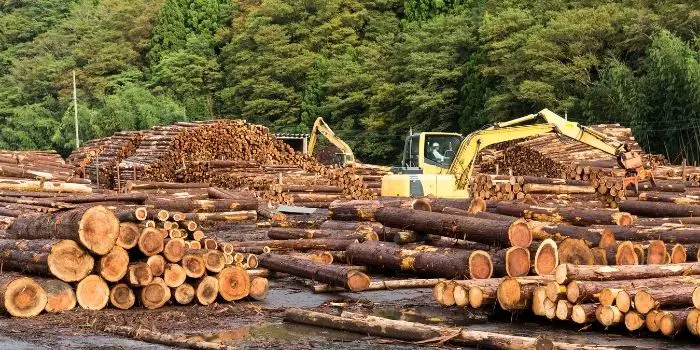
What is Loblolly Pine Lumber Used For?
Loblolly Pine lumber features medium hardness and strength.
So, it is best used for low to medium-density construction projects like roof trusses, stringers, piles, joists, and poles, though it is not well-suited for heavy construction.
1- Floor and Furniture
Loblolly Pine wood is also thought to be a great choice for interior uses like subflooring, furniture, and sheathing.
Its stability, appearance, and strength contribute to the good quality of the furniture it produces. Even so, as it is a softwood, it will need regular care.
2- Boxes and Crates
Besides furniture and construction wood is also used for making crates and boxes requires lightweight but strong types of wood, which is more economical to transport.
Loblolly Pine lumber due to its characteristics is more suitable for these purposes.
3- Ornamental or Shade Trees
The Loblolly Pine trees bring plenty of shade while also looking quite pretty, making it a common choice of both ornamental and shade trees.
Typically, the height of a mature tree reaches up to 35 meters and can take up plenty of space.
So if you plan to use the Loblolly Pine trees for decoration this should be kept in mind before planting.
Loblolly Pine Wood Advantages and Drawbacks
Loblolly Pine lumber comes with its own pros and cons which you should know before using it.
The Pros
1- Lightweight
Lightweight wood is generally easier to work with even at high altitudes, and it is easier and less expensive to transport.
This is helpful, as transporting large quantities of wood is usually an expensive undertaking.
2- Workability
Workability is an important characteristic of wood for any woodworkers, carpenters, or builders.
Most species of pine such as Loblolly Pine are known for their good workability thanks to their lightweight and low density.
It is easy to work with using both machines and hand tools and is easy to finish and glue.
When working with Loblolly Pine, there’s no need to pre-drill before applying screws and nails.
3- Availability
Loblolly Pine is native to the Southeastern USA, from Florida to East Texas and up to southern New Jersey where it can be found in abundant quantities.
The species is fast-growing, about 24 inches per year, which makes it quite sustainable.
4- Affordable
This type of wood is inexpensive and comes at a much lower price than many other kinds of hardwood and softwood.
There are reasons for its inexpensive nature, including its swift growth rate and high availability.
5- Attractive Appearance and Color
Most species of pine are known for these two traits with the heartwood of Loblolly Pine being reddish brown and the sapwood being yellow-white.
Because of this, it’s easy to stain to achieve any color. It also has a straight grain complete with a fine to medium texture offering a uniform grain pattern.
The Cons
1- Scratches and Dents
The main issue with Loblolly Pine is the likelihood of scratches.
This is common with most species of softwood due to the low hardness and density.
2- Defects
There are often defects in softwood since they don’t have rot-resistant properties.
And since Loblolly Pine is also a softwood you should take into account these defects when buying it for your project.
3- Required Maintenance Care
This type of pine has a moderate to low rate of resistance to decay, meaning it needs to be well-maintained.
Loblolly Pine is a popular type of pine due to its easy workability, high availability, and its appearance.
Even so, there are a few drawbacks to consider before using it, and it isn’t always safe for heavier-duty applications.
Final Thoughts
Overall, Loblolly Pine lumber is a good affordable option that is most commonly used for construction purposes, such as lumber for framing houses and other structures.
This type of wood is also sometimes used for making paper products and plywood. Some people also use loblolly pine wood for firewood or to smoke food.
So, if you’re looking for a versatile wood that can be used for a variety of purposes, loblolly pine is a good option to consider.
Share the post "Is Loblolly Pine a Good Lumber (Identification & Uses)"

Hi, I am Mark Garner a professional carpenter, woodworker, and DIY painter. I live in the small city of Peoria, Arizona as a semi-retired woodworker. I have started this blog with a simple motive to help you with my wood experience in this sector. If you like to know more about what I love doing and how it all got started, you can check more about me here.


